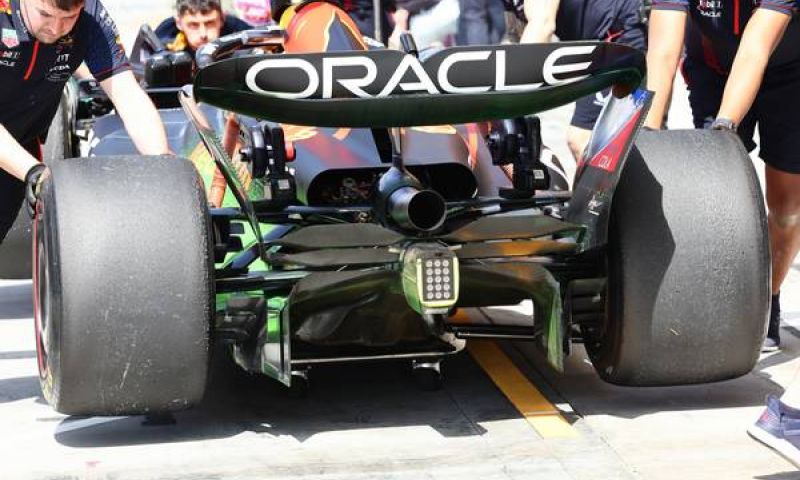FIA finds TD needed again: 'Noticed too many details in aero at f1 teams'
F1 News

Starting from the Singapore Grand Prix, the FIA will let the so-called TD018 take effect. With this 'technical directive', the FIA hopes to improve oversight of F1 cars' flexing wings. FIA single-seaters technical director Tim Goss explains.
FIA does not introduce TD because of specific team
The TD already came out in a first draft but has been officially explained to F1 teams since Monday and will thus be in force from the Singapore GP. Speaking to The-Race.com, Goss explains two important things. First, the FIA chief says that supervision of the flexible wings is not aimed at any specific team, and Goss also explains why the FIA took action.
Goss begins, "The TD is about making sure that the FIA and the teams have a common understanding of where we will draw the line [in terms of wing flexibility on F1 cars]." Parts of the cars are allowed to move to a certain extent but must be fixed. Thus, Goss distinguishes between flexing wings at the centre of the component and movement that occurs at the ends of the attachment of the components.
Why the TD got there anyway
The TD is not entirely new. A similar TD was also in force in 2021. Until the end of 2022, this TD was fine-tuned a bit each time by the FIA to keep a close eye on the components among the teams and make sure there were no unfair advantages to be gained. In 2023, the TD, which was more or less a solution to a temporary problem, was included in the set regulations. Since this year, the flexibility allowed is more precisely defined in the regulations.
But now it is necessary to reintroduce a TD. This seems to have to do with the fact that F1 teams found loopholes in the rules through certain interpretations of the text in the rules, as F1 teams always do. Goss: "But over this season, we felt that there’s been a little bit too much creep in design details of aerodynamic components."
FIA pays explicit attention to four issues
Now that the full TD has been communicated to all the teams, it is also clear what can and cannot be done. It boils down to four things that the FIA will explicitly pay attention to. The first involves movement (up/down, front/rear, left/right) of the wings relative to the component that it is connected to. The second is more or less the same but says that these wings are also not allowed to rotate relative to the other component.
Thirdly, elastic components are not allowed. Materials that can move under certain pressure and then easily bend back to their original shape. Finally, components with a soft/bendable edge on the back are also prohibited. This material could prevent cracking due to deflection.

